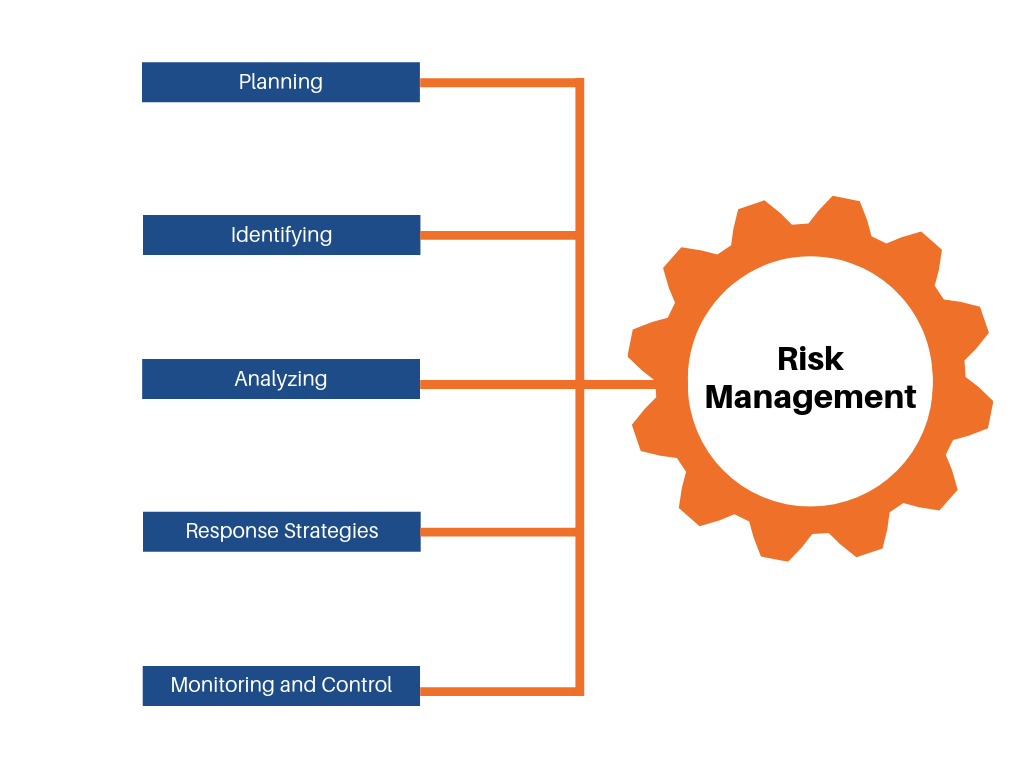Choosing the right materials for your engineering project is essential to ensure the longevity, reliability, and safety of your final product. The selection process can be complex and requires consideration of various factors, such as mechanical properties, chemical compatibility, durability, and cost-effectiveness. In this blog post, we will explore some key steps that can help you choose the right materials for your engineering project.
Step 1: Define Your Material Requirements
The first step in material selection is to define the requirements of your project. This includes considering factors such as the expected lifespan of the product, environmental conditions, stress and load-bearing requirements, and any regulatory or compliance requirements. Once you have a clear understanding of your project’s requirements, you can start evaluating materials that meet those requirements.
Step 2: Research and Evaluate Materials
The next step is to research and evaluate different materials that meet your project’s requirements. This can include consulting with material suppliers, conducting laboratory tests, and reviewing technical data sheets. It is essential to consider not only the mechanical properties of the materials but also their cost, availability, and environmental impact.
Step 3: Consider Manufacturing Processes
The manufacturing process can also play a significant role in material selection. Some materials may be easier to work with or more suitable for specific manufacturing processes, such as injection molding or machining. It is crucial to consider the manufacturing process when selecting materials to ensure that the material can be efficiently and effectively processed into the final product.
Step 4: Perform Material Testing
Once you have identified potential materials, it is essential to conduct material testing to confirm that they meet your project’s requirements. Material testing can include tensile testing, impact testing, and fatigue testing, among others.
Step 5: Make a Decision and Verify
After evaluating and testing various materials, you can make a decision on the most suitable material for your project. However, it is essential to verify the material’s performance in real-world conditions through field testing or pilot production runs.






